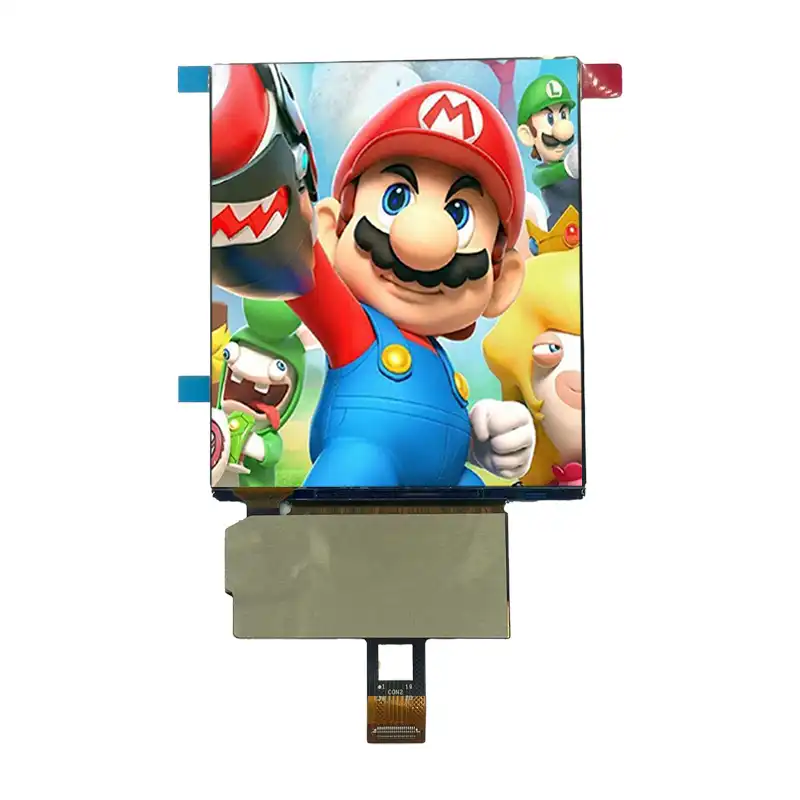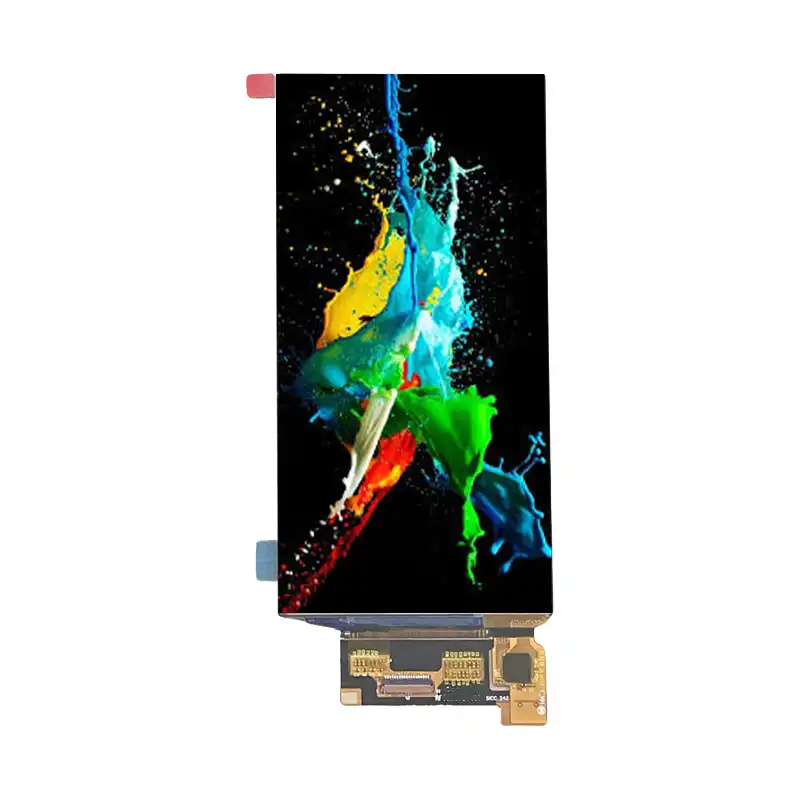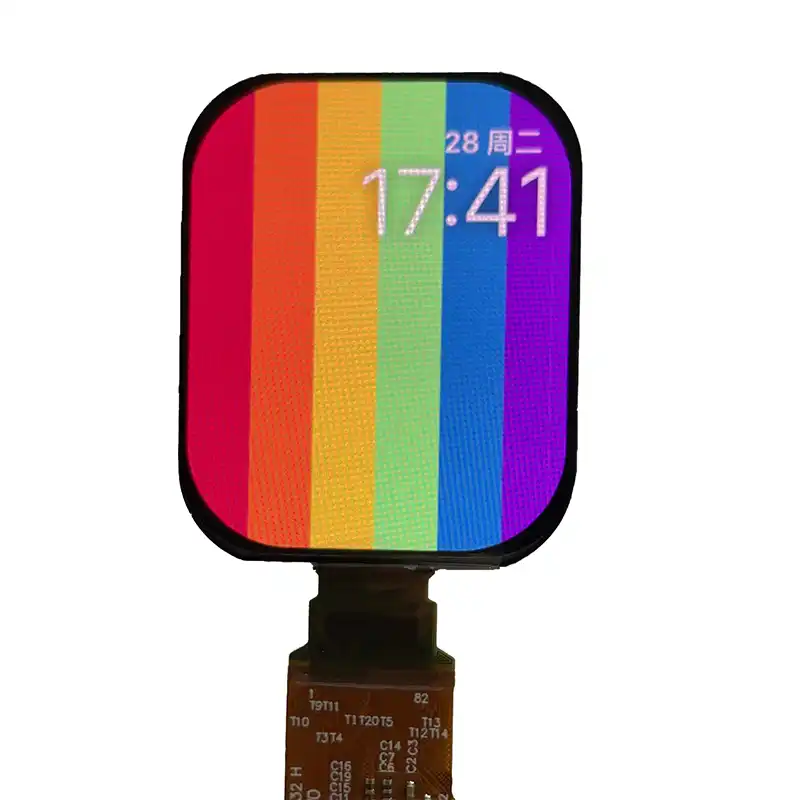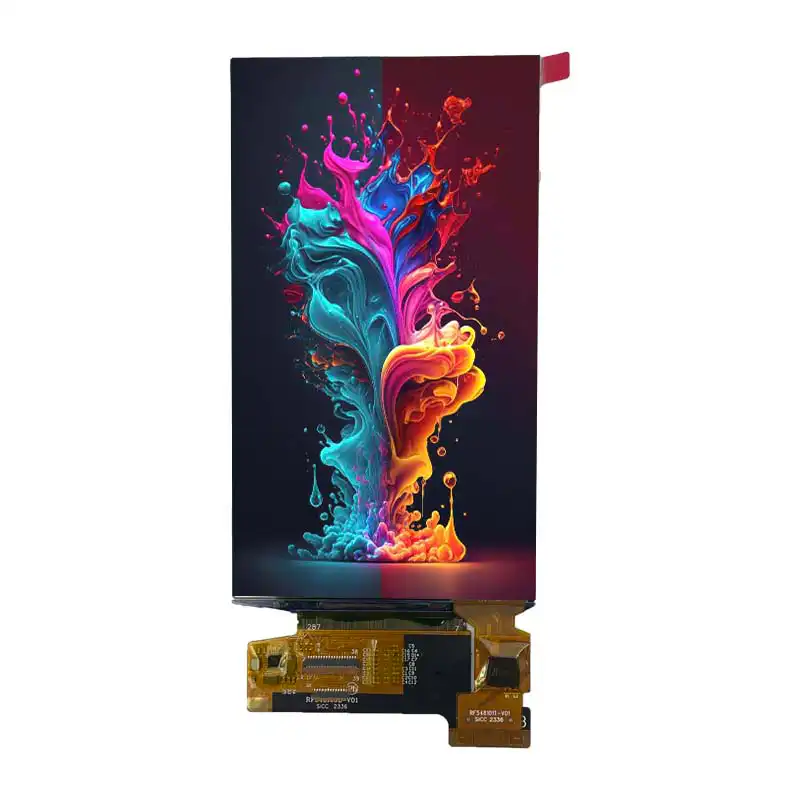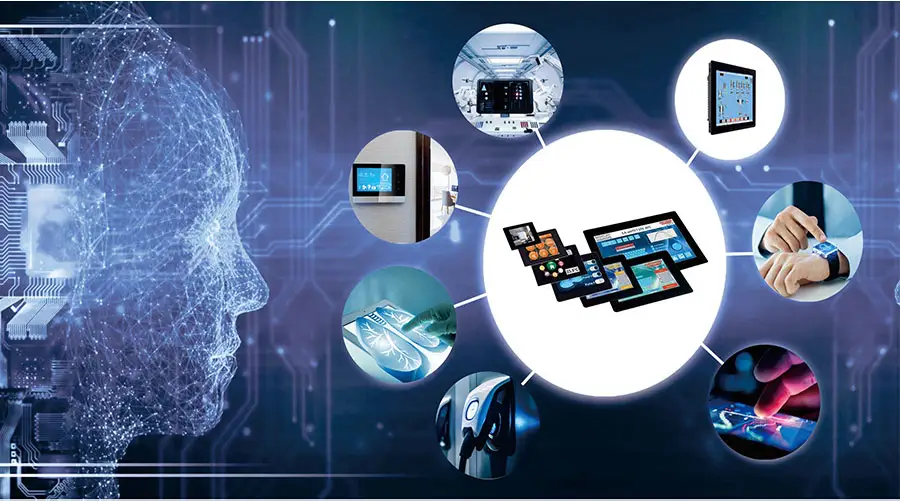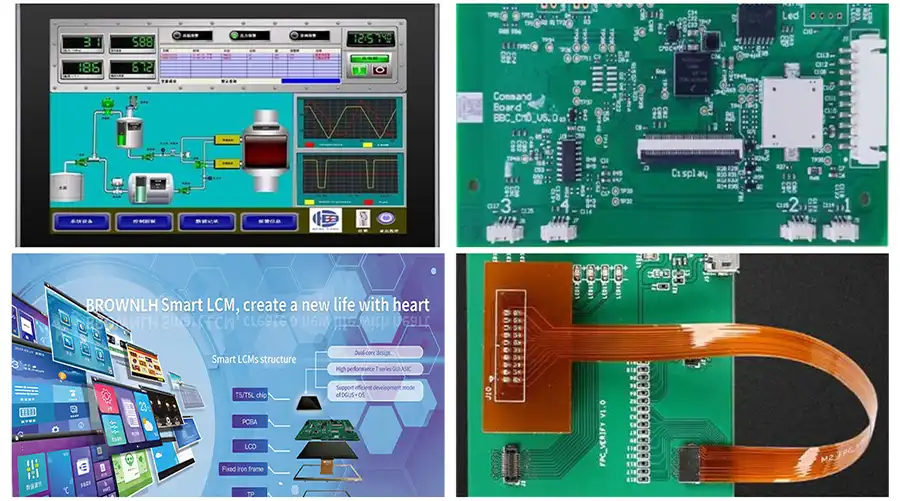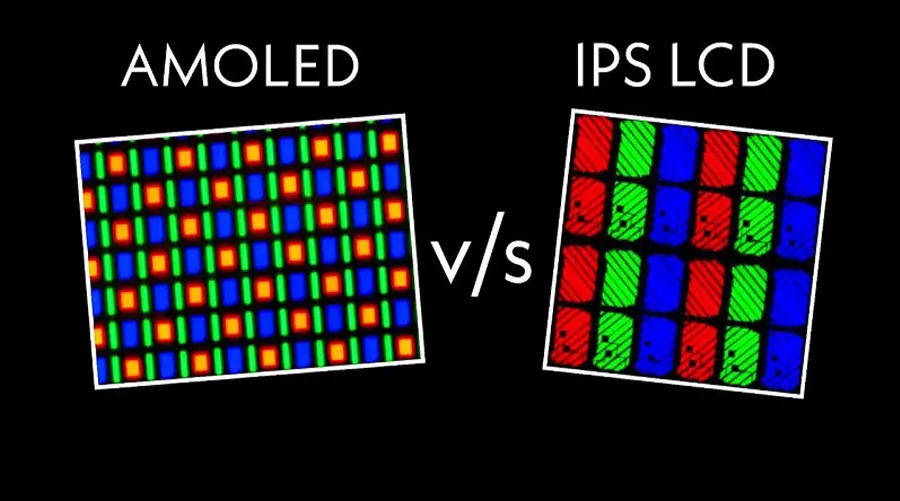What Is an OLED 디스플레이?
안OLED 디스플레이, or Organic Light Emitting Diode Display, is an advanced visualization technology that uses organic compounds to emit light when an electrical current is applied. Unlike traditional LCDs (Liquid Crystal Displays) that require backlighting, OLED Displays are self-emissive, enabling thinner, lighter, and more energy-efficient screens.
The term “OLED 디스플레이” represents a significant leap in display technology that offers unparalleled contrast, higher color accuracy, and deeper blacks. These displays are widely used in consumer electronics, medical devices, automotive dashboards, and industrial equipment.
Basic Structure of an OLED 디스플레이
The typical OLED 디스플레이 consists of several thin organic layers sandwiched between two electrodes on a substrate. When voltage passes through, the organic layers emit light by recombination of electrons and holes. The main layers include anode, cathode, emissive layer, and conductive layer. This layered construction supports flexible and lightweight designs.
OLED 디스플레이 vs Other Display Technologies
Compared to LCDs and other technologies like MicroLED, OLED Displays provide superior image quality due to self-lit pixels that do not require backlight, offering better viewing angles, higher contrast ratios, and faster response times. Additionally, OLED 디스플레이 can be fabricated on flexible substrates, allowing curved and foldable screens.
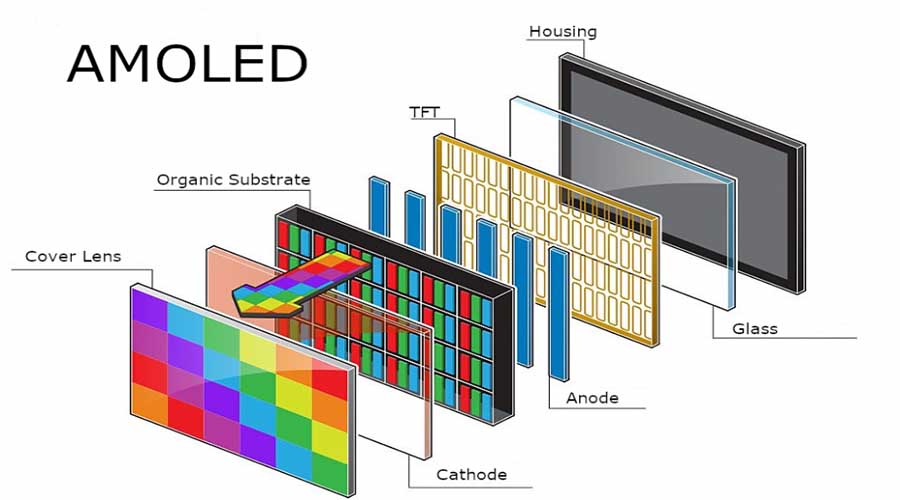
In-Depth OLED 디스플레이 Technology
Fundamental Principles of OLED 디스플레이 Technology
The key to OLED 디스플레이 technology lies in utilizing organic electroluminescent materials that emit light electrical stimulation. Applying current causes electrons to move across organic layers and recombine, releasing photons of light. Since each pixel emits its own light, the OLED 디스플레이 eliminates the need for bulky backlights, resulting in slimmer displays.
Material engineering plays a critical role in performance and lifespan of OLED Displays. Common materials include small molecules and polymers, and multiple organic layers optimize charge balance and light emission.
Active-Matrix and Passive-Matrix OLED Displays
OLED Displays come in two categories: Active-Matrix OLED (AMOLED) and Passive-Matrix OLED (PMOLED). AMOLED uses thin-film transistor (TFT) arrays to activate individual pixels, supporting high resolution and fast refresh rates for smartphones and large displays. PMOLED is simpler, suitable for smaller, low-resolution screens, often used in wearable devices and secondary displays.
Manufacturing Process of OLED 디스플레이
The production of a reliable OLED 디스플레이 involves substrate preparation, vacuum deposition of organic layers, encapsulation to prevent moisture ingress, and rigorous testing. Technologies such as thermal evaporation and inkjet printing are utilized for layer deposition.
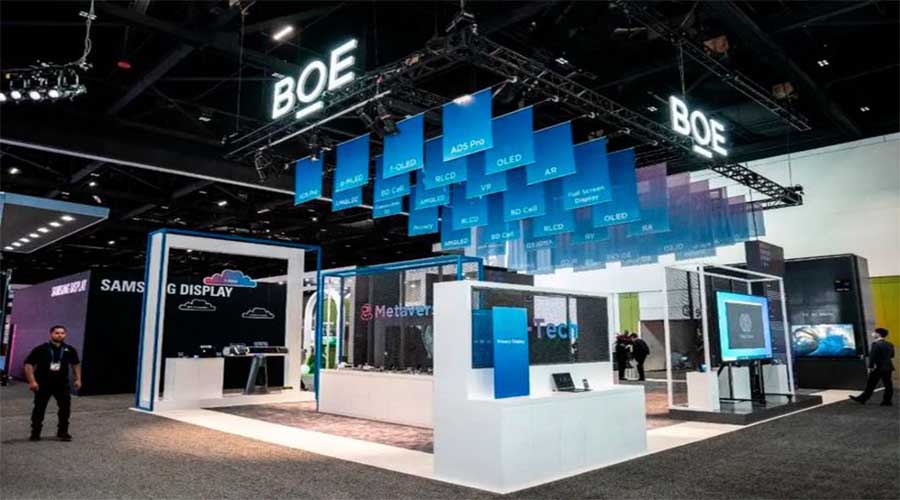
Key Advantages of OLED 디스플레이
Exceptional Contrast and Image Quality of OLED 디스플레이
The self-emissive nature of pixels in OLED Displays produces absolute black levels by switching off pixels completely. This leads to an infinite contrast ratio and richer colors, which are critical for medical imaging, professional photography, and automotive dashboard displays.
Energy Efficiency Benefits of OLED 디스플레이
OLED Displays consume significantly less power than LCDs, especially when displaying darker images or user interfaces. This efficiency results from the lack of a power-hungry backlight and direct pixel-level control of light emission, improving battery life in smartphones, wearables, and IoT devices.
Thin, Lightweight, and Flexible OLED Displays
With a thickness often below 1.5mm, OLED Displays offer unparalleled design flexibility including curved, foldable, and even rollable displays. Their lightweight nature benefits portable applications where size and weight are critical constraints.
Durability and Industrial-Grade OLED Displays
Industrial-grade OLED Displays withstand extreme temperature ranges (from -30°C up to 80°C) and maintain a lifespan of over 50,000 hours. This makes them ideal for demanding environments such as automotive instrument clusters and factory automation equipment.
맨 위OLED 디스플레이산업 전반에 걸친 응용 프로그램
Medical Equipment Using OLED 디스플레이 Technology
Precise and vibrant OLED Displays enhance diagnostic equipment, surgical monitors, and patient interface devices with high resolution and accurate color reproduction, improving medical outcomes and operational safety.
Automotive Dashboard and Infotainment OLED Displays
Modern vehicles increasingly employ curved and futuristic OLED Displays for instrument clusters and in-dash entertainment systems. Their durability ensures readability under varying light conditions and operational stress.
Smart IoT and Wearables Equipped with OLED 디스플레이
Wearables such as smartwatches and fitness trackers benefit from the compactness and low power consumption of OLED Displays, providing crystal-clear feedback and longer battery life for users on the go.
Industrial Automation and Equipment Featuring OLED 디스플레이
Industrial control panels and diagnostic interfaces implement OLED 디스플레이 modules for robust operation in harsh environments, delivering reliable, easy-to-read data streams essential for production efficiency.
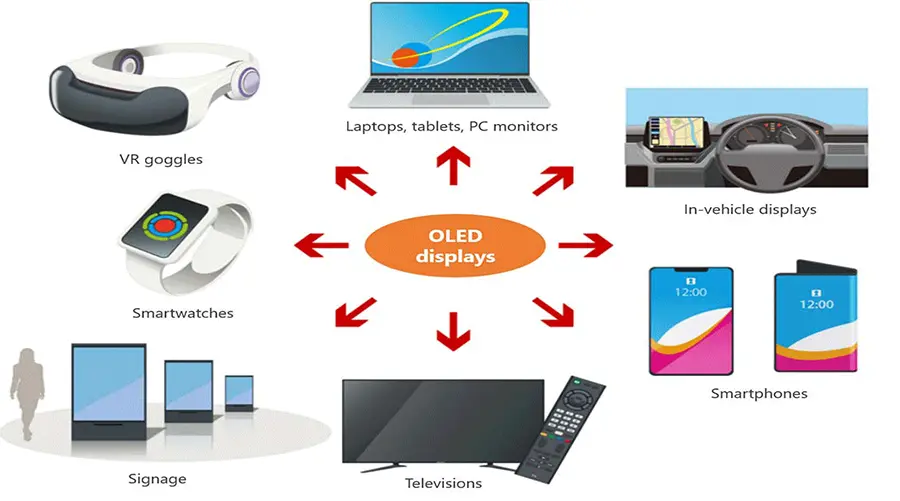
OLED 디스플레이 Customization & Buying Guide
Choosing the Right OLED 디스플레이귀하의 프로젝트를 위해
최적의 선택을 하려면OLED 디스플레이해상도, 크기, 인터페이스 호환성(SPI, I2C 등), 밝기, 그리고 환경적 작동 조건과 같은 중요한 매개변수를 고려해야 합니다. 애플리케이션별 요구 사항을 정의하면 성능과 통합의 성공을 보장할 수 있습니다.
인터페이스 및 통신 호환성 보장OLED Displays
선택한 항목을 확인하세요OLED 디스플레이SPI 및 I2C와 같은 필수 통신 프로토콜을 지원하여 임베디드 프로젝트의 컨트롤러 통합과 시스템 안정성을 간소화합니다.
인증 및 품질 표준OLED Displays
선택하다OLED 디스플레이RoHS, CE, ISO 등 국제 표준 인증을 받은 모듈입니다. 이러한 인증은 전 세계 시장에서 환경 규정 준수, 안전 및 제품 신뢰성을 보장합니다.
지원 및 신속한 프로토타입 제작OLED Displays
신뢰할 수 있는OLED 디스플레이공급업체는 제품 출시 시간을 단축하고 개발 위험을 줄이기 위해 기술 지원, 펌웨어/드라이버 리소스, 신속한 프로토타입 제작 서비스를 제공합니다.
Emerging OLED 디스플레이 Market Trends
글로벌 성장 궤적OLED 디스플레이시장
글로벌OLED 디스플레이시장은 스마트폰 보급률 증가, 웨어러블 기기 성장, 그리고 자동차 전장 부품 수요 증가에 힘입어 빠르게 성장하고 있습니다. 전문가들은 향후 5년간 연평균 성장률이 20%를 넘어설 것으로 예측합니다.
유연성과 혁신 추진OLED 디스플레이양자
유연하고 접을 수 있음OLED Displays기기의 설계 패러다임을 재편하고, 소비자 가전제품과 자동차 인테리어에서 새로운 폼 팩터와 사용자 경험을 구현하고 있습니다.
비용 절감 노력 및 산업 접근성
제조 기술의 발전과 규모의 경제로 인해 비용이 낮아지고 있습니다.OLED Displays중간 가격대 제품과 새로운 시장 부문으로 사업 영역을 확대했습니다.
기술 융합과 미래 전망OLED 디스플레이
MicroOLED, 투명 OLED, AMOLED/PMOLED 하이브리드를 통합함으로써 디스플레이 성능이 더욱 향상되고 있으며, 특히 높은 픽셀 밀도와 낮은 지연 시간을 요구하는 증강 현실(AR) 및 가상 현실(VR) 장치의 성능이 더욱 향상되고 있습니다.
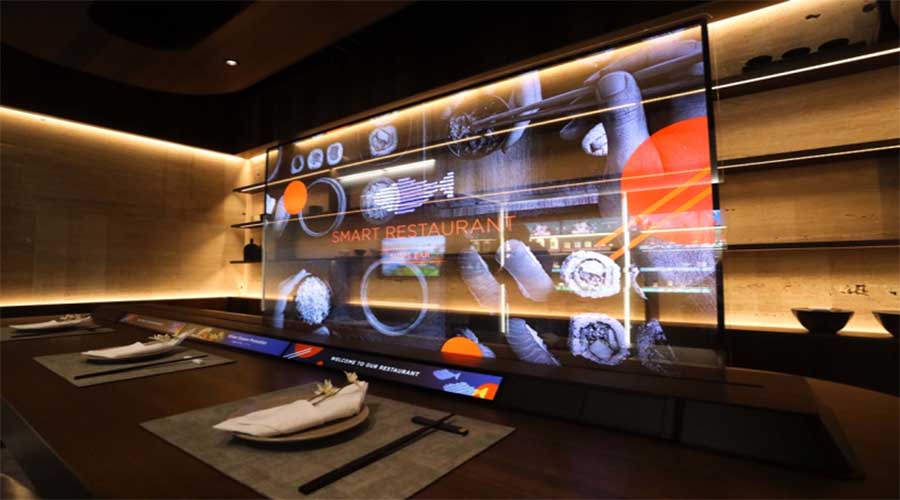
Conclusion: The Future of OLED 디스플레이
이 포괄적인 가이드에서는 기본 사항, 이점, 산업 응용 프로그램 및 시장 전망을 살펴보았습니다.OLED 디스플레이뛰어난 명암비, 얇고 유연한 폼팩터, 에너지 효율성의 조합이OLED Displays디스플레이 혁신의 최전선에 서다.
기술과 제조가 성숙해짐에 따라 우리는 기대합니다.OLED Displays의료, 자동차, IoT 및 산업 분야에서 표준이 될 것입니다. 경쟁 우위를 확보하려는 기업은 맞춤형 인증 솔루션에 투자하는 것을 고려해야 합니다.OLED 디스플레이이러한 추세를 활용하기 위한 솔루션.
Brownopto에서는 고품질의 맞춤형 서비스를 제공하는 데 특화되어 있습니다.OLED 디스플레이전 세계 다양한 산업의 끊임없이 변화하는 요구를 충족하기 위해 포괄적인 기술 지원과 글로벌 인증을 갖춘 모듈을 제공합니다.
최신 기사
-
2025년 AR/XR의 핵심은 1~2인치 AMOLED
AR/XR 붐에서 1~2인치 AMOLED 디스플레이가 필수가 되는 이유(2025년 산업 통찰력) 본문 {f
-
Understanding OLED Display Technology: Principles, Performance & Applications
OLED (Organic Light Emitting Diode) displays are a class of self-emissive display technology in whic
-
From Wearables to AR Glasses – How OLED Displays Are Redefining Visual Experiences in 2025
By 2025, OLED (Organic Light-Emitting Diode) technology has transitioned from luxury smartphone disp
-
Stretched Bar LCD Displays for Retail: Boost Sales & Engagement in Supermarkets
스트레치 바 LCD 디스플레이가 슈퍼마켓 선반 가장자리 마케팅을 향상시키고 매출을 늘리고 비용을 절감하는 방법을 알아보세요.
-
레스토랑 및 호스피탈리티 장소를 위한 스트레치 LCD 솔루션
스트레치 LCD는 레스토랑 메뉴와 호스피탈리티 서비스에 적합한 세련되고 고휘도 디스플레이를 제공합니다.
추천 상품
-
핸드헬드 스캐너용 2.1인치 410×502 AMOLED E-Paper 디스플레이 모듈
2.1인치 OLED 디스플레이 모듈은 통합을 위해 설계된 소형 고해상도 솔루션입니다.
-
3.92 INCH OLED Screen I2C Interface 1080 × 1240 Resolution
제품 사양: BRO392001A 해상도: 1080x1024 작동 전압 범위: 28V 화면 크기: 3.92
-
6.01 INCH Display OLED screen | High Definition 1080x2160 | MIPI Interface
제품 사양: BRO601001A 디스플레이 모드: AMOLED 화면 크기(인치): 6.01 해상도: 1080x2
-
1.93 INCH OLED Panel I2C 368x448 Industrial-Grade Panel
심천 브라운옵토 테크놀로지(Shenzhen Brownopto Technology)의 1.93인치 AMOLED 모듈(모델 BR193103-A1)은 핵심적인 장점을 가지고 있습니다.
-
5.48 INCH AMOLED Display Module - 1080x1920 I2C, MIPI DSI, Industrial
제품 사양: BRO548001A 해상도: 1080x1920 작동 전압 범위: 2.8V 화면 크기: 5.4


